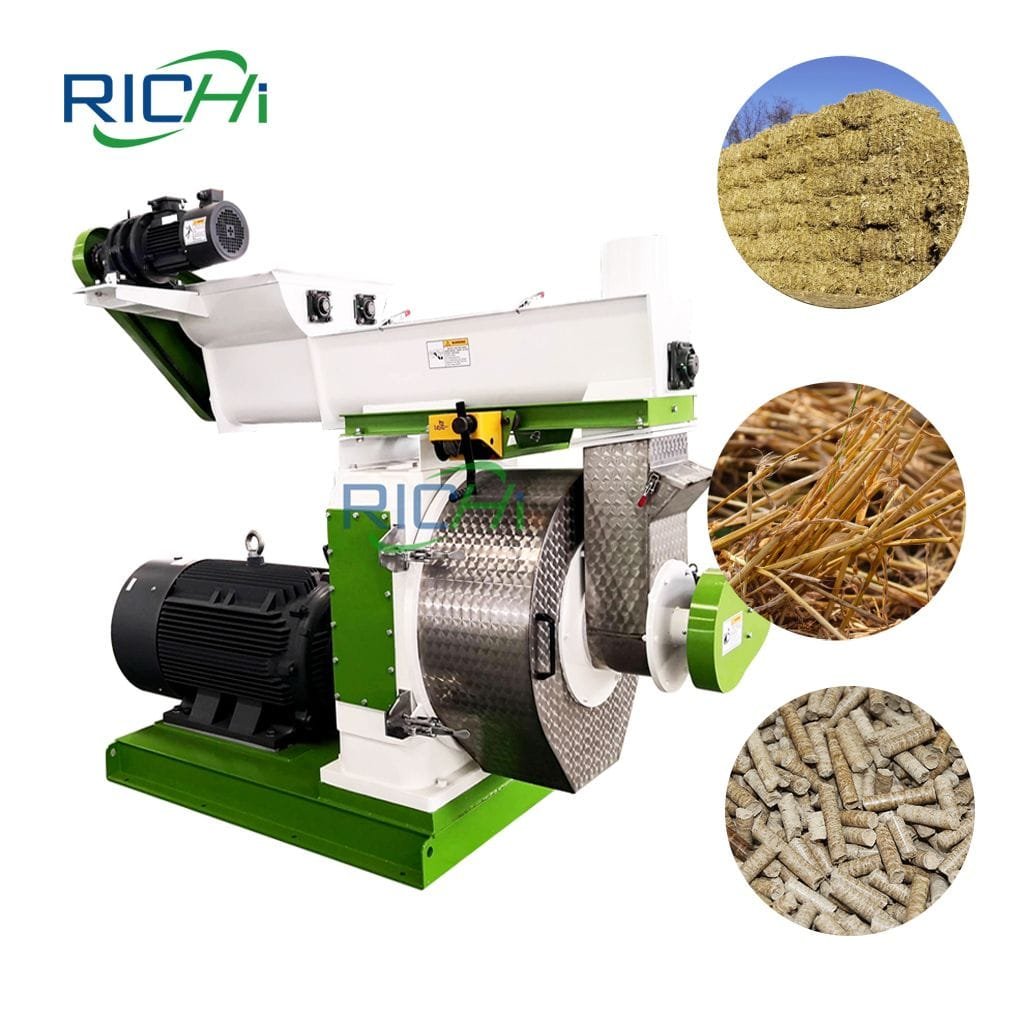Straw pellet machines provide a range of environmental benefits, making them a compelling choice for sustainable waste management and energy production. Here’s a comprehensive overview of how these machines contribute to environmental sustainability:
1. Waste Reduction and Resource Utilization
- Reduction in Open Burning: Traditionally, straw is often burned in fields, releasing greenhouse gases (GHGs) such as carbon dioxide (CO2) and methane (CH4), which contribute to climate change. By converting straw into pellets, this practice is eliminated, reducing GHG emissions and air pollution.
- Efficient Resource Utilization: Straw is rich in nutrients and organic matter. Pelletizing straw ensures that these resources are utilized efficiently rather than wasted. The process transforms what would be waste into a valuable, sustainable energy source.
2. Renewable Energy Source
- Carbon Neutrality: Straw pellets are considered a carbon-neutral energy source. The CO2 emitted during combustion is approximately equal to the amount absorbed by the plants during their growth, which helps mitigate the overall impact on climate change.
- Reduction in Fossil Fuel Dependence: By using straw pellets as a biomass fuel, reliance on fossil fuels, which are major contributors to global warming and environmental pollution, is reduced. This shift supports a more sustainable energy landscape.
3. Lower Emissions and Pollution
- Reduced Sulfur Emissions: Straw pellets contain minimal sulfur, which leads to lower sulfur dioxide (SO2) emissions, reducing the formation of acid rain.
- Lower Particulate Matter: The high density and low moisture content of straw pellets result in cleaner combustion with fewer particulates, contributing to improved air quality compared to traditional fossil fuels like coal.
Related post: wheat straw pellet machine
4. Soil Health and Fertility
- Organic Fertilizer: The ash produced from burning straw pellets can be used as an organic fertilizer. This ash enriches the soil with essential nutrients such as potassium, phosphorus, and calcium.
- Soil Structure Improvement: The application of straw pellet ash can enhance soil structure, improving water retention and aeration, which benefits crop growth and reduces the need for chemical fertilizers.
5. Energy Efficiency
- Optimized Design: Modern straw pellet machines are designed for high efficiency. Features such as advanced die and roller designs help to minimize energy consumption during pellet production.
- Heat Recovery Systems: Some machines incorporate systems that capture and reuse waste heat generated during the pelletizing process, further enhancing energy efficiency and reducing overall operational costs.
6. Sustainable Agricultural Practices
- Crop Residue Management: Straw pellet machines help farmers manage crop residues more effectively, reducing the need for chemical fertilizers and enhancing the sustainability of farming practices.
- Income Generation: The production and sale of straw pellets provide an additional revenue stream for farmers, promoting economic sustainability and contributing to the viability of rural economies.
7. Circular Economy
- Resource Recovery: Straw pellet machines contribute to the circular economy by converting agricultural waste into a valuable product, reducing the need for virgin materials and minimizing overall waste.
- Sustainable Production Cycles: The use of straw pellets creates a sustainable cycle of resource use, where waste is continuously repurposed and reused, supporting environmental sustainability.
Conclusion
Straw pellet machines offer significant environmental benefits by reducing waste, lowering emissions, and promoting the use of renewable energy. Their role in managing agricultural byproducts, supporting sustainable farming practices, and contributing to a circular economy highlights their importance in achieving broader environmental goals.
As technology advances, straw pellet machines are expected to become even more efficient and effective, further enhancing their contribution to environmental sustainability. For those seeking eco-friendly solutions, these machines represent a viable and impactful option that aligns with global efforts to combat climate change and promote a greener future.










